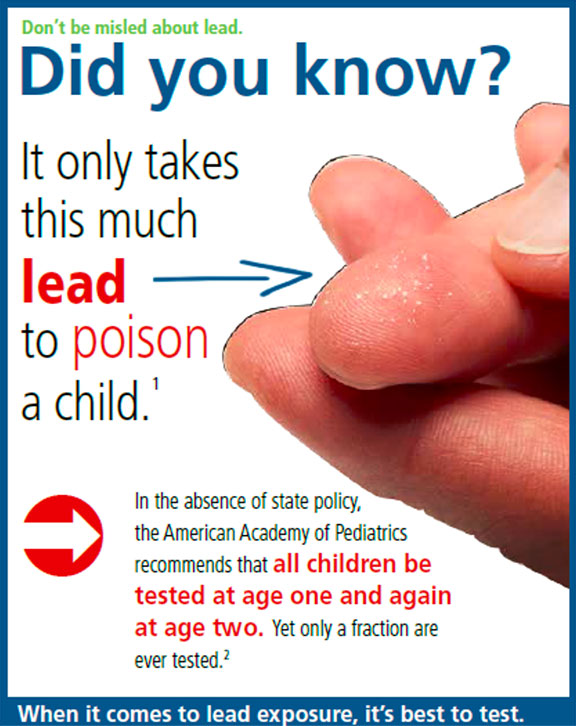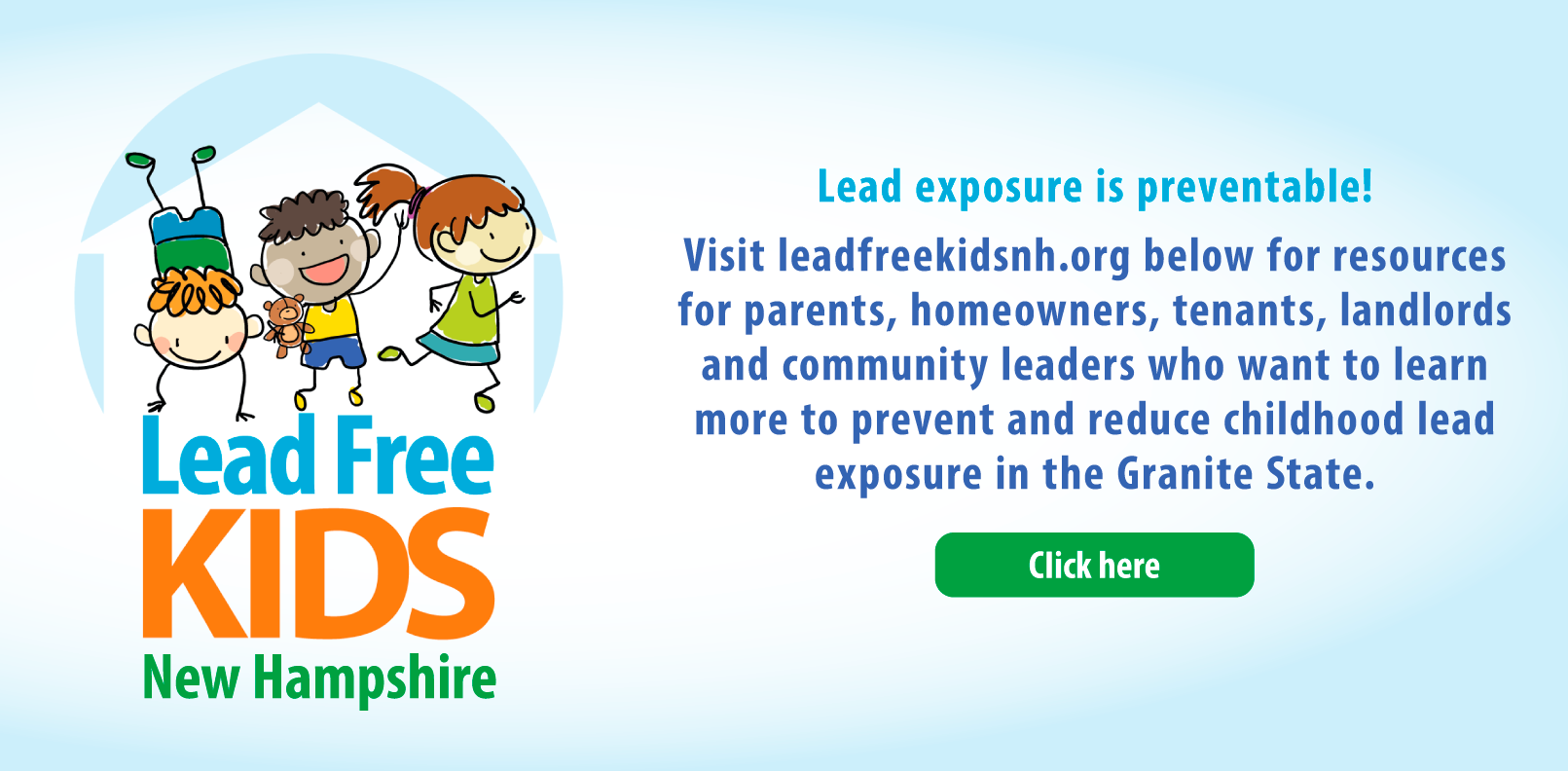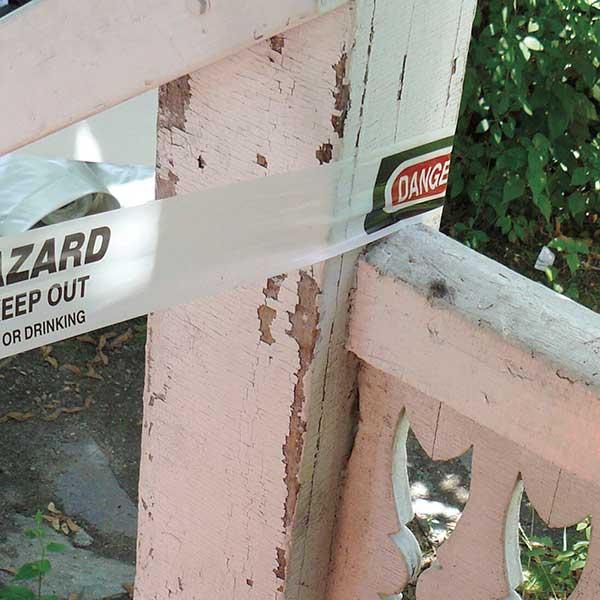How much is too much lead for a child?
 Lead is a highly toxic metal that has been commonly used in many household, industrial and automobile products—such as paint, solder, batteries, brass, car radiators, bullets, pottery, etc. Too much lead in the body can cause serious and permanent health problems. Lead poisoning can cause brain damage, learning disabilities, attention disorders, hyperactivity, behavior problems, and permanently reduce intelligence. Children and pregnant women are at special risk.
Lead is a highly toxic metal that has been commonly used in many household, industrial and automobile products—such as paint, solder, batteries, brass, car radiators, bullets, pottery, etc. Too much lead in the body can cause serious and permanent health problems. Lead poisoning can cause brain damage, learning disabilities, attention disorders, hyperactivity, behavior problems, and permanently reduce intelligence. Children and pregnant women are at special risk.
The only way to find out if a child has been exposed to too much lead is by a blood test. A blood test measures the amount of lead in blood. Blood tests are commonly used to screen children for lead poisoning and can be easily done at a child’s regular checkup. Vermont law requires that all children be tested at ages 1 and 2.
How much is too much lead for a child?
It only takes a speck of lead dust the size of a grain of salt to poison a child!









 The New England Lead Coordinating Committee
The New England Lead Coordinating Committee





